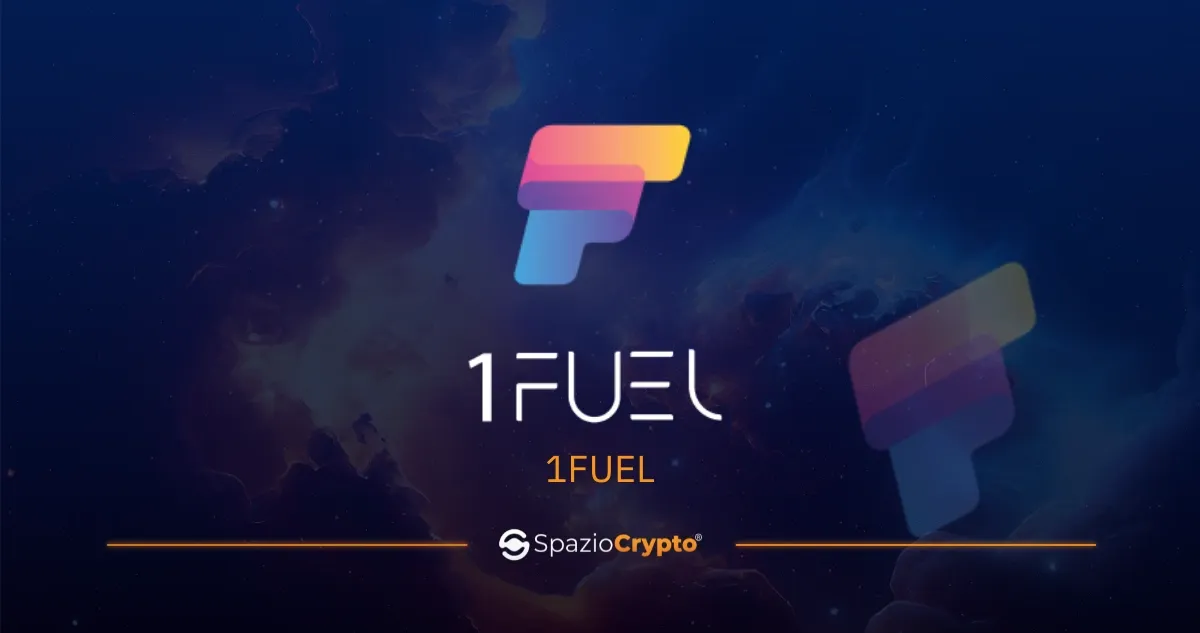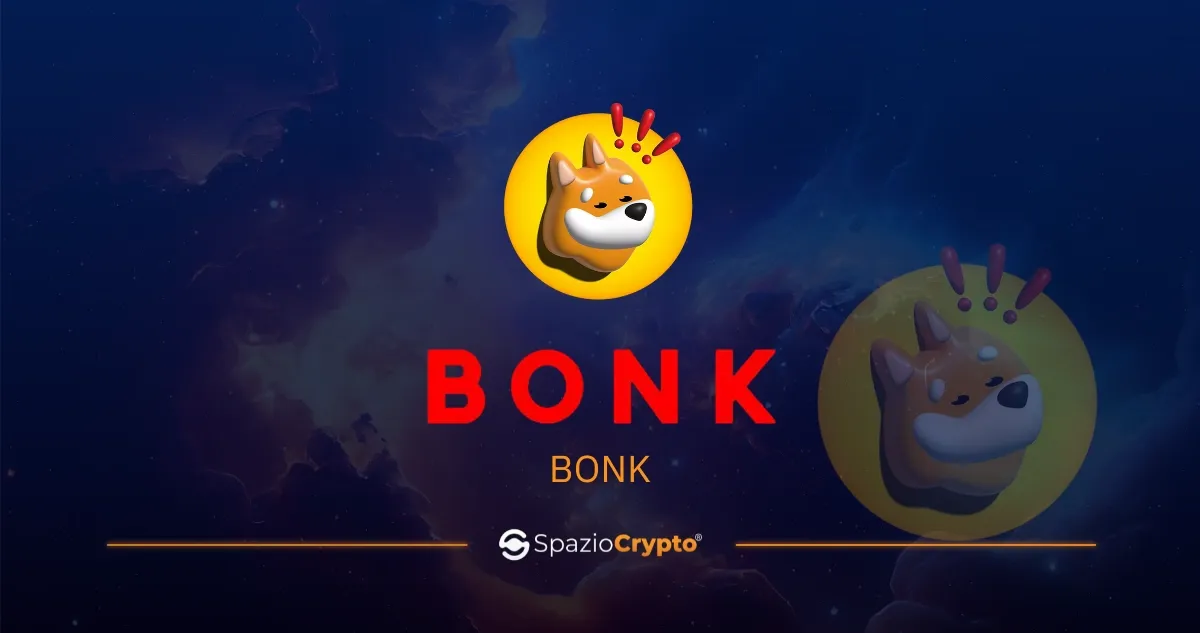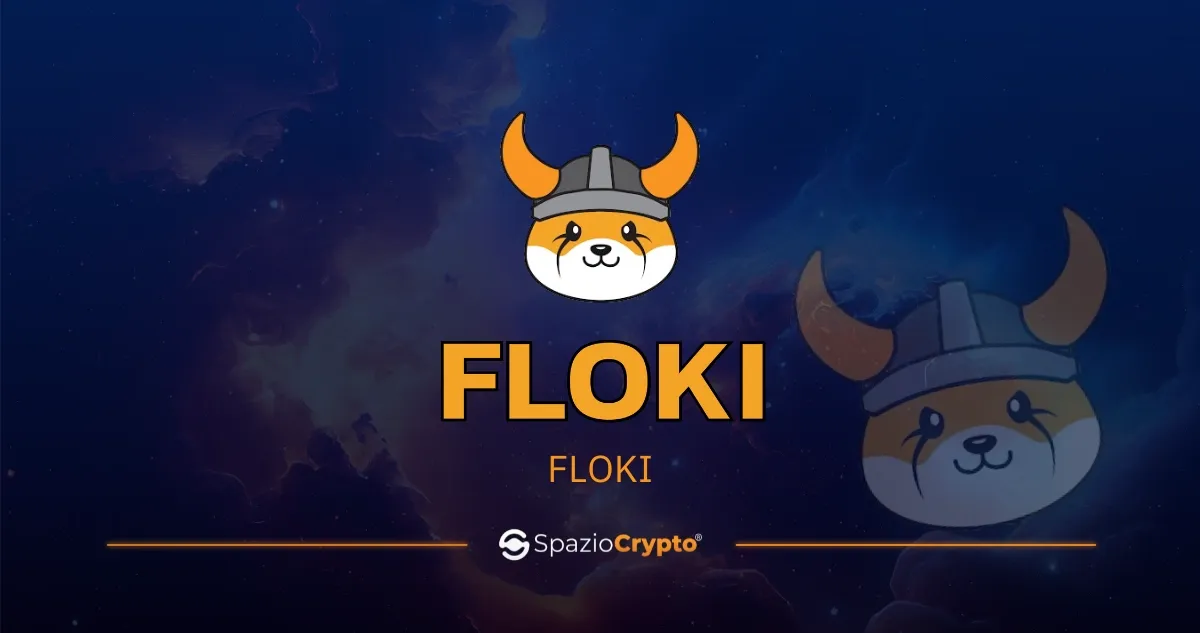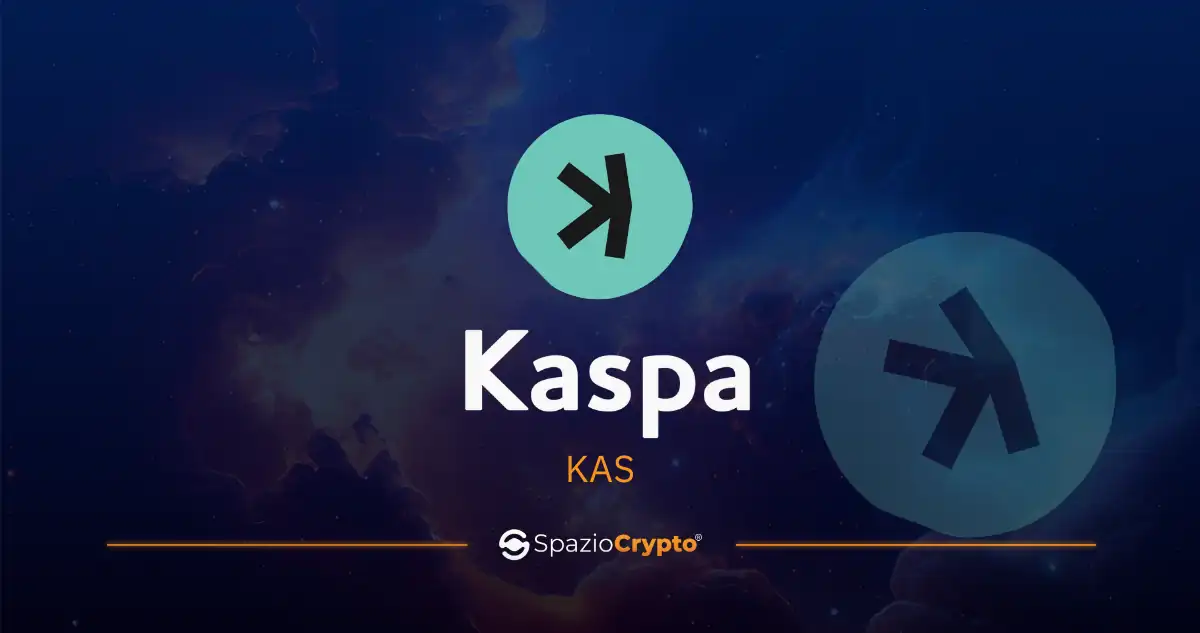You can't go wrong.
If you have ever even remotely approached the world of crypto, you have undoubtedly stumbled upon Binance, one of the largest cryptocurrency platforms in the world.
And I know perfectly well the feeling of perdition you might have experienced once inside, vaguely reminiscent of Alice's as soon as she stepped through the looking glass.
Because yes, the crypto world is indeed immense, consisting of so much information that it seems endless, with new currencies coming onto the market, each with unique characteristics.
But let's take it one step at a time.
One of the most important is undoubtedly to get to know BNB, the proprietary token of the Binance platform, which you will learn all about by continuing to read this guide.
What is BNB, the token of Binance
As I already mentioned, Binance is one of the largest cryptocurrency platforms in the world. It was founded in 2017 and offers a wide range of services to date, including:
- Trading;
- Staking;
- ICOs (Initial Coin Offerings).
But in this guide we will focus on BNB, the platform's proprietary token.
BNB is the token that has, from the very beginning, supported the birth of Binance from a financial point of view, and for this reason it is defined as a exchange token, i.e. a token that, like others, was initially launched to raise funds for the opening of the relevant exchange (Binance).
And that's not all: we cannot ignore the fact that BNB is the token exchanged on Binance's blockchain.
As you may already know, every cryptocurrency exists on one or more blockchains: Binance likes to go big and, for this reason, has chosen to create its own blockchain, called the BNB Chain, on which BNB transactions are based.
One of its main features is the indissoluble link with its platform.
You want to invest in BNB? Well, know that the concept is similar to buying shares in a listed company. In a nutshell, if you don't believe that company has a future, and that its shares can increase in value, it's best to leave it alone. Similarly, avoid investing in BNB if you think that the Binance platform does not have much potential for growth.
Mining and Staking
On mining it is best to keep it short: there is no such thing as mining.
If, however, you are nodding your head, pretending to know what crypto mining is, know that it is the way a user takes possession of a unit, or a fraction thereof, of a given cryptocurrency.
You know Bitcoin? You can get hold of it through the computing power of your computer, because the mechanism by which you get Bitcoin is called Proof of Work (PoW), a system in which 'miners' compete to get a share of Bitcoin by solving complex logic problems.
I'm not talking about the Math Olympiad, the computer does that for them.
But BNB is not a crypto based on Proof of Work, but on Proof of Stake, a different system that does not require the 'force' of a computer to be obtained.
And this brings us to the description of the process by which BNBs are obtained, called Delegated Proof of Stake (DPos), which can be complex at first reading - I recommend re-reading it at least a couple of times:
- Staking of BNBs: users can staking (or delegating) their BNBs to validators who participate in the security of the network. Validators are nodes that validate and produce new blocks on the blockchain. Who is a validator, you may be wondering? It is a user who possesses a significant amount of BNBs and manages the node according to the required techniques;
- Validator selection: the network selects active validators from among the candidates based on the amount of BNBs being staked and the trust of the network. Only the first 21 validators with the highest stakes are chosen to produce blocks in each 24-hour cycle. The other candidates remain in a standby state and may become active if they increase their stake or if an active validator is removed;
- Block production: selected validators take turns to produce blocks and validate transactions;
- In return for their work, validators receive rewards in BNB, which are distributed between them and the delegators who have staked their tokens with the validator.
- Penalties: if a validator acts maliciously or fails to perform its tasks, it may be penalised with a stake reduction. This function is an integral part of the system to ensure security and trust in the network.
- Rewards (finally!): delegators who have staked their BNBs with a validator receive a share of the rewards generated, proportional to the amount of BNBs they have delegated. This incentivises BNB holders to actively participate in the staking process.
BNB, what do I do with it?
Maybe at this point you're starting to wonder what to do with BNB.
Mostly, BNB is used within the Binance ecosystem.
- for example, you can use it to get discounts on commissions payable on Binance trading;
- you can use it to participate in Initial Coin Offers offered by Binance's Launchpad platform;
- still, it can be used to pay commissions on all transactions made on the BNB Chain;
- if you still don't have enough, BNB is also accepted as payment for transactions by many online shops.
BNB burning
The somewhat funny and paradoxical thing, if you've never participated in a burning of cryptocurrencies, is that one of the uses you could make of it is to simply wait for Binance to decide to "burn" the BNB tokens in circulation.
No, they're not crazy. Instead, it is a very common technique with the goal of reducing the amount of currency in circulation.
You should know that the initial amount of BNBs at the launch of Binance was 200 million. Binance's goal is to burn 50% of the BNBs in circulation, increasing their value.
Next time you visit your grandmother, instead of the classic 20 euros, why not ask her for some BNBs? They might actually increase in value over time.
I want to give you some numbers for reference: the last burn took place on 17 January 2024, and a total of 2,141,487.27 BNBs were burned, with a dollar value at the time of the burn of approximately 636 million.
The next event is scheduled for the third quarter of 2024, so: stay tuned!
Good people, the ones from Binance
If you really don't know how to use your BNBs, know that there is a philanthropic division in Binance, called Binance Charity, which accepts BNB donations to fund its non-profit projects.
Founded in 2018, Binance Charity aims to solve global problems related to poverty, inequality, and natural disasters through the use of cryptocurrencies. For example, they have in the past supported a number of fundraising campaigns for the fight against COVID-19, or to fund the Binance Lunch for Children project, a programme designed to provide school meals to children in Africa, improving their health and encouraging school attendance.
Well, if you've made it this far in this guide, you've learned the main concepts about BNB and Binance.
But don't give up, because the best part is about to come...
SPOILER ALERT: your head may spin as you read on!
BNB Chain, what's boiling in the pot?
BNB Chain is constantly evolving, as keeping up with the crypto world is damn difficult, and requires constant effort to improve and design.
So, what's boiling in the pot?
zkBNB
This is a Layer-2 scalability solution for the Binance Smart Chain (BSC, a sub-chain of BNB Chain) based on zk-Rollup technology. zk stands for 'zero-knowledge,' and this technology allows a large number of transactions to be aggregated into a single transaction that is then verified on the main BSC chain, greatly reducing costs and increasing transaction speed.
opBNB
This is another Layer-2 solution for BSC, but based on Optimistic Rollup technology. This technology, similarly to zk-Rollup, scales the network's capacity by reducing transaction costs and increasing speed. As if in a court of law, the optimistic approach assumes that transactions are valid until proven otherwise, making the process more efficient.
BNB Greenfield
BNB Greenfield is an initiative focused on creating a new infrastructure for the decentralised web (Web3). It is a decentralised blockchain-based data storage platform that allows users to create and manage data in a secure and transparent environment. The goal?To provide storage solutions similar to those offered by centralised services such as Amazon Web Services (AWS), but with the addition of features such as complete control over one's own data and interoperability with other blockchain networks.
BNB, what the crystal ball says
What can we expect from BNB's future, then?
From a value perspective, the quarterly burning system aims, as mentioned above, to reduce the amount of tokens in circulation in order to increase their value.
On the project and innovation side, the introductions of zkBNB, opBNB and BNB Greenfield represent a clear intention to expand the BNB ecosystem by strengthening it, and increasing demand for the token.
But, as with other cryptocurrencies, BNB is faced with an ever-evolving regulatory environment:
- Legal classification:the risk is there, one must admit. The classification of BNB as a security in some jurisdictions could result in the stricter application of financial regulations;
- Complexities and additional costs: as AML (anti-money laundering) and KYC (know-your-customer) regulations increase, Binance may be required to implement stricter compliance measures, which could make the use of BNB more complex and costly for users;
In the end of the day, BNB certainly remains a token to pay attention to. Its nature makes it inextricably linked to the Binance platform, for better or for worse, while the innovations that Binance is introducing on the BNB Chain are mouth-watering and could attract users, increasing demand and value.
Of course, there are risks, especially related to regulation: but no risk, no gain, right?








